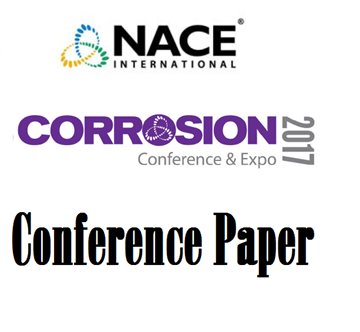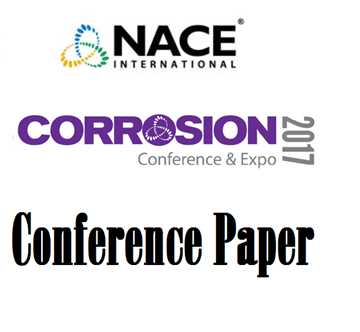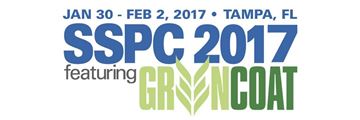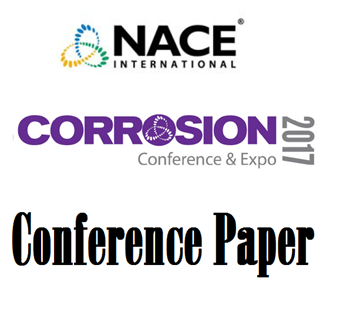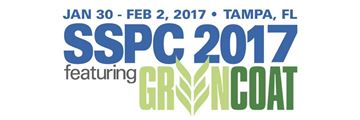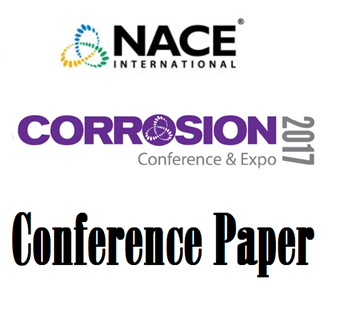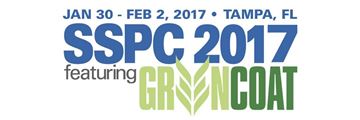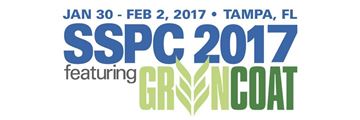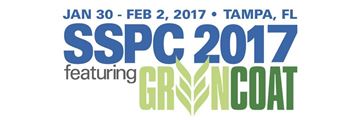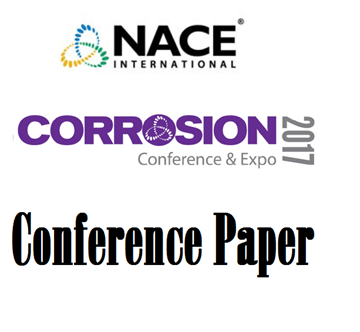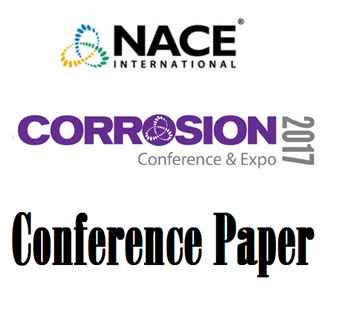Search
Products tagged with '2017 Conference Papers'
View as
Sort by
Display
per page
Challenges in Mitigating AC Interference in Remote Areas
Product Number:
51317--9090-SG
ISBN:
9090 2017 CP
Publication Date:
2017
$20.00
Challenges of Implementing Chemical Treatment Preservation Programs on Oil Production Wells During a Prolonged Shutdown within Partioned Zone
Product Number:
51317--8966-SG
ISBN:
8966 2017 CP
Publication Date:
2017
$20.00
Challenging the Performance Myth of Inorganic Zinc Rich vs Organic Zinc Rich Primers
Product Number:
51317--9127-SG
ISBN:
9127 2017 CP
Publication Date:
2017
$20.00
Changes in Appearance and Corrosion Protection of Polyurethane Pipeline Coatings During Weathering Exposure
Product Number:
51217-038-SG
Publication Date:
2017
$20.00
Characterization and Control of the Intergranular Corrosion Defects in a 2024 T351 Aluminium Alloy
Product Number:
51317--9427-SG
ISBN:
9427 2017 CP
Publication Date:
2017
$20.00
Characterizing Bulk Porosity of CBPC Coating in Aggressive Bridge Exposure
Product Number:
51217-071-SG
Publication Date:
2017
$20.00
Choice of Buffer Solution for Stainless Steel OCTG at Laboratory Corrosion Test to Carry Out SSC and SCC Resistance
Product Number:
51317--9288-SG
ISBN:
9288 2017 CP
Publication Date:
2017
$20.00
Clarifying Material Selection: Understanding the Corrosion Mechanisms for Wastewater Clarifier Mechanisms
Product Number:
51217-060-SG
Publication Date:
2017
$20.00
Coating Response to Cathodic Polarization of Nanoparticle Enriched Epoxy Primer in Aqueous Solution
Product Number:
51217-042-SG
Publication Date:
2017
$20.00
Coatings Cracking in Water Ballast Tanks: A Different Look
Product Number:
51317--9088-SG
ISBN:
9088 2017 CP
Publication Date:
2017
$20.00
Combined Cathodic and Anodic Interference in Pipeline - An Analysis
Product Number:
51317--9004-SG
ISBN:
9004 2017 CP
Publication Date:
2017
$20.00


